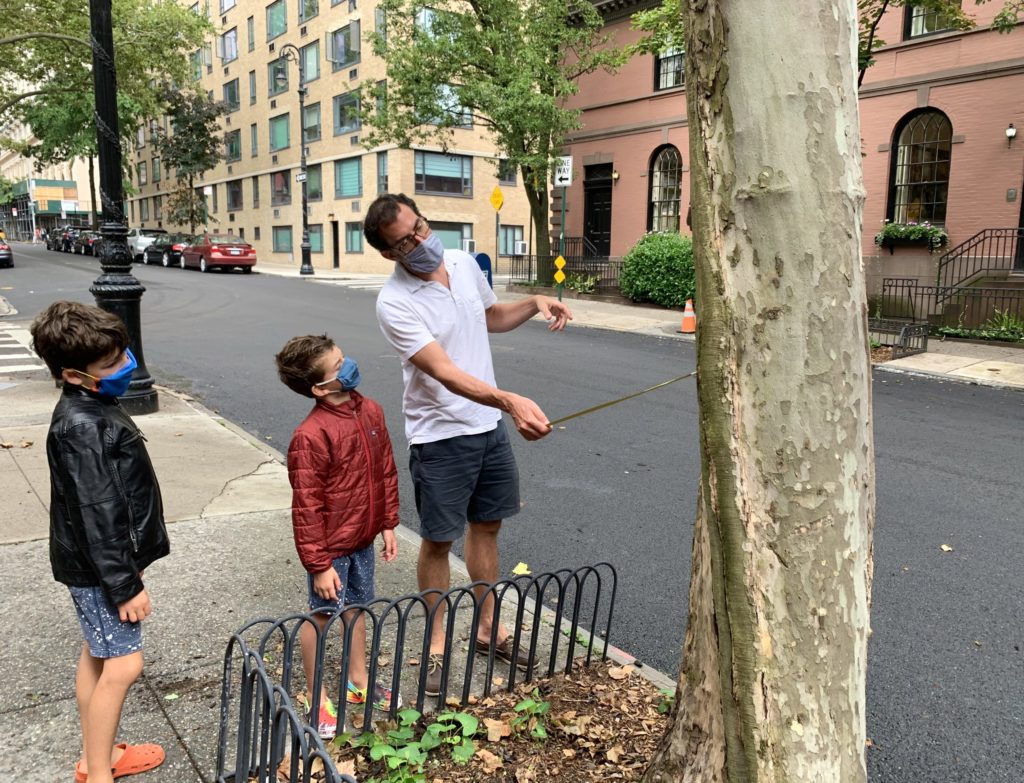Heights could be model for tree support in Brooklyn’s flora-loving neighborhoods

Photo: Mary Frost/Brooklyn Eagle
From brooklyneagle.com
Thousands of trees were uprooted across New York City in Tropical Storm Isaias on August 4.The city’s Parks Department received more than 21,000 service requests for street and park trees following the storm; Queens and Brooklyn were hit the hardest.
Several decades-old giants were felled in tree-lined Brooklyn Heights, including a honey locust that stood for roughly 70 years at the entrance to the Promenade, at the foot of Montague Street. Two blocks away, a giant London plane tree smashed through a cast iron fence and a brick wall on Hicks Street near Grace Court. Three large trees fell in backyards along Grace Court, one breaking third-floor windows; several more came down in Brooklyn Bridge Park.